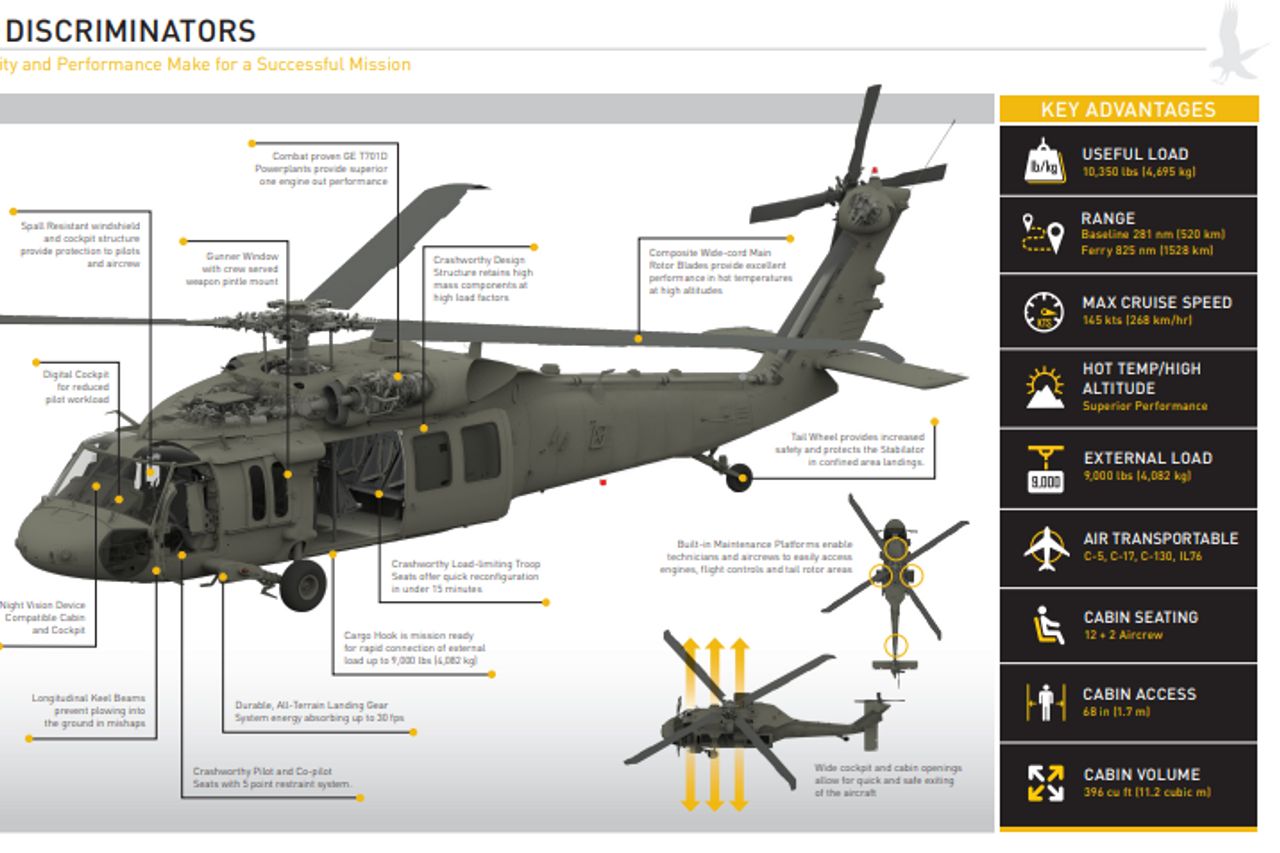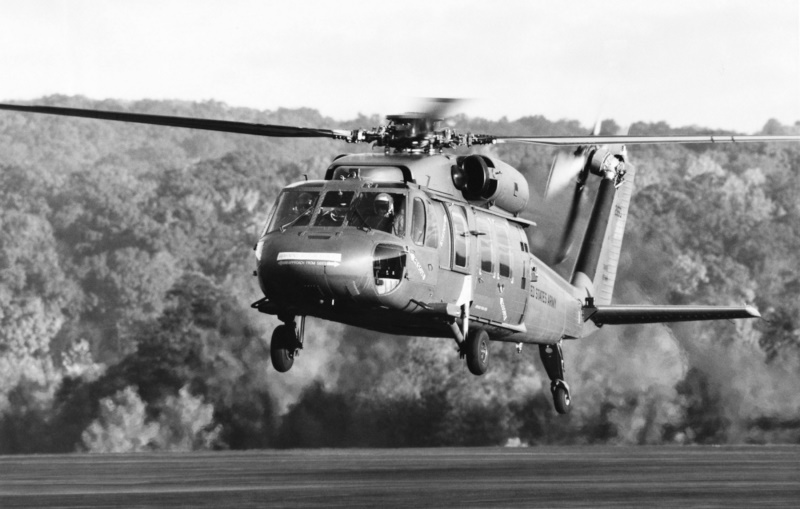Revealing the Sikorsky S 70: Developments and Breakthroughs in Helicopter Engineering
High-Performance Multi-Role Rotorcraft Featuring Advanced Cabin Technologies and Integrated Sensor Solutions
The world of rotorcraft technology has seen significant improvements in current times, particularly in the world of high-performance multi-role rotorcraft geared up with sophisticated cabin modern technologies and flawlessly integrated sensing unit systems. These developments have not just increased the functional abilities of rotorcraft but have likewise dramatically influenced modern aviation operations on different fronts. From boosted mission versatility to enhanced operational effectiveness, the convergence of sophisticated cockpit technologies and integrated sensing unit systems has introduced a new age of opportunities for rotorcraft applications. In the complying with discussion, we will explore the evolution of rotorcraft innovation, explore the realm of sophisticated cockpit innovations, and take a look at the implications of integrated sensor systems on the functional adaptability and effectiveness of modern rotorcraft.
Evolution of Rotorcraft Innovation
The development of rotorcraft technology has been noted by significant developments in the rules of aerodynamics, materials, and propulsion systems, shaping the abilities and efficiency of contemporary rotorcraft. Wind resistant enhancements have boosted the performance and ability to move of rotorcraft, allowing for boosted speed, dexterity, and security throughout flight (sikorsky s 70). Developments in materials, such as making use of composite materials and progressed alloys, have resulted in lighter yet more powerful rotorcraft frameworks, enhancing general performance and sturdiness. In addition, improvements in propulsion systems, including a lot more powerful engines and cutting-edge propulsion innovations, have made it possible for rotorcraft to attain greater altitudes, faster rates, and higher hauls.
These innovations have not only changed the abilities of rotorcraft yet have likewise expanded their applications across different industries, including armed forces, commercial, and emergency situation services. The constant advancement of rotorcraft technology proceeds to drive innovation in the field, pushing the limits of what is feasible and shaping the future of vertical flight.
Advanced Cabin Innovations
Building upon the foundational developments in aerodynamics, materials, and propulsion systems, the realm of rotorcraft modern technology now changes emphasis in the direction of introducing Advanced Cabin Innovations. The integration of advanced technologies within the cockpit atmosphere plays a critical function in boosting the operational capacities, safety and security, and efficiency of contemporary rotorcraft. sikorsky s 70. Advanced Cabin Innovations incorporate a vast selection of attributes designed to provide pilots with enhanced situational understanding, structured data management, and intuitive control user interfaces
One of the crucial improvements in cabin design is the application of glass cabins, which replace standard analog assesses with high-resolution screens. These electronic systems provide customizable layouts, real-time information assimilation, and enhanced readability, making it possible for pilots to gain access to important info at a glance. Furthermore, advanced avionics systems, such as fly-by-wire controls and augmented truth displays, are reinventing just how pilots engage with the aircraft, enabling accurate control and enhanced decision-making abilities.


Integrating sophisticated cockpit advancements not only enhances pilot performance yet also adds to overall goal performance and security in intricate operational environments. By leveraging modern modern technologies within the cockpit, rotorcraft makers are establishing brand-new requirements for functional quality and goal success.
Integrated Sensor Solutions
With the advancement of rotorcraft modern technology, the combination of innovative Integrated Sensing unit Systems has actually ended up being extremely important in enhancing operational effectiveness and security. These Integrated Sensor Systems include a wide array of innovations that provide important data go to the website for numerous features such as navigation, surveillance, targeting, and ecological monitoring. By seamlessly integrating sensors like radars, electronic cameras, lidar, and infrared systems into rotorcraft, operators can gain from enhanced situational recognition, boosted goal capabilities, and decreased pilot workload.
One secret benefit view publisher site of Integrated Sensing unit Equipments is their capacity to collect real-time data and give workable understandings to pilots and mission drivers. As an example, advanced radar systems can find and track targets over cross countries, enabling early hazard detection and effective reaction preparation. In addition, integrating electro-optical and infrared cameras allows rotorcraft to conduct reconnaissance and security objectives with precision and accuracy.
Fundamentally, the integration of advanced sensor modern technologies into rotorcraft not just improves operational effectiveness however likewise adds considerably to overall mission success and team security. As rotorcraft remain to advance, the role of Integrated Sensor Systems will most certainly continue to be at the forefront of technology in the aerospace market.
Functional Convenience and Performance
Enhancing operational adaptability and performance in rotorcraft is a natural development from the integration of innovative Integrated Sensing unit Solutions. By leveraging the data and insights provided by these cutting-edge sensing unit systems, rotorcraft can enhance their efficiency across numerous missions and environments.
Functional adaptability encompasses the ability of rotorcraft to adjust to various roles and situations efficiently. With innovative cockpit technologies and incorporated sensing unit systems, rotorcraft can seamlessly change in between tasks such as search and rescue, medical emptying, surveillance, and extra. This adaptability improves the rotorcraft's capability to fulfill diverse operational requirements without requiring comprehensive reconfiguration.
Performance in rotorcraft operations is vital for making best use of mission performance and resource use. Integrated sensor systems play a critical function in enhancing functional efficiency by providing real-time information on climate condition, terrain mapping, target tracking, and more. This information enables pilots to make enlightened decisions promptly, enhance trip paths, save fuel, blog and boost total mission efficiency.
Influence On Modern Aviation Workflow

Furthermore, the integration of advanced sensing units assists in improved goal preparation and implementation, enabling rotorcraft to do a broad range of tasks with boosted precision. From search and rescue operations to airborne firefighting and regulation enforcement objectives, the capabilities of contemporary rotorcraft furnished with innovative cabin technologies and incorporated sensing unit systems are unparalleled.
In addition, the effect of these developments expands beyond functional effectiveness to cost-effectiveness and sustainability. By maximizing flight paths, fuel consumption, and maintenance routines, high-performance rotorcraft geared up with innovative cabin innovations and sensing units add to lowering functional prices and environmental impact, making them vital possessions in modern aviation procedures.
Verdict
In final thought, the high-performance multi-role rotorcraft with advanced cockpit modern technologies and integrated sensing unit systems represents a significant development in air travel innovation. These technologies boost operational adaptability and performance, inevitably impacting modern aviation procedures in a positive means. The combination of these sophisticated innovations permits improved capabilities and performance in various goal scenarios, showcasing the continued advancement of rotorcraft innovation in the aviation market.
The world of rotorcraft modern technology has actually seen remarkable advancements in recent times, especially in the realm of high-performance multi-role rotorcraft equipped with cutting-edge cabin technologies and perfectly incorporated sensor systems. From enhanced mission adaptability to improved functional performance, the convergence of advanced cockpit technologies and incorporated sensing unit systems has actually ushered in a brand-new age of possibilities for rotorcraft applications. In the adhering to discussion, we will discover the evolution of rotorcraft modern technology, delve right into the world of sophisticated cabin technologies, and analyze the ramifications of incorporated sensing unit systems on the operational flexibility and efficiency of modern-day rotorcraft.
